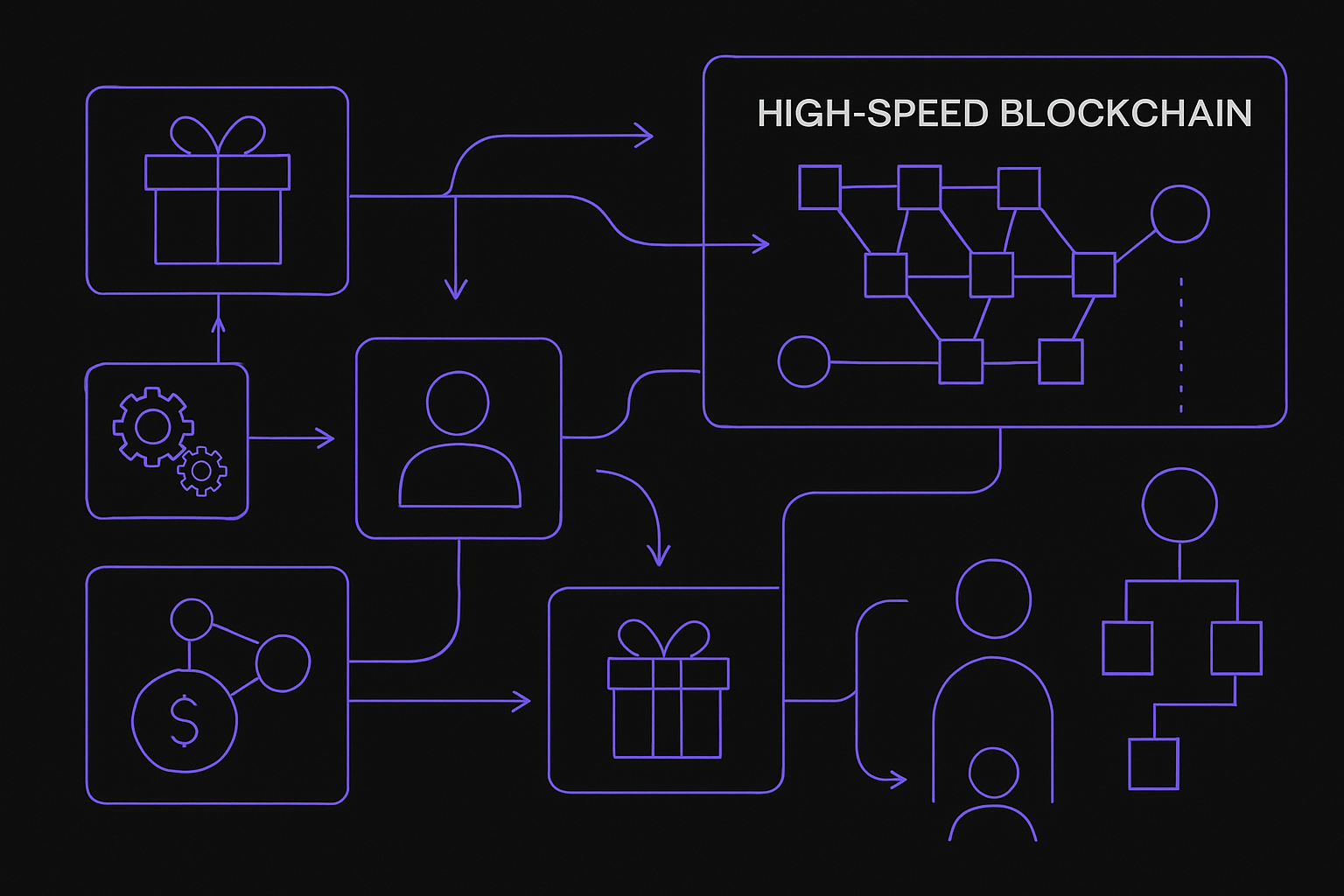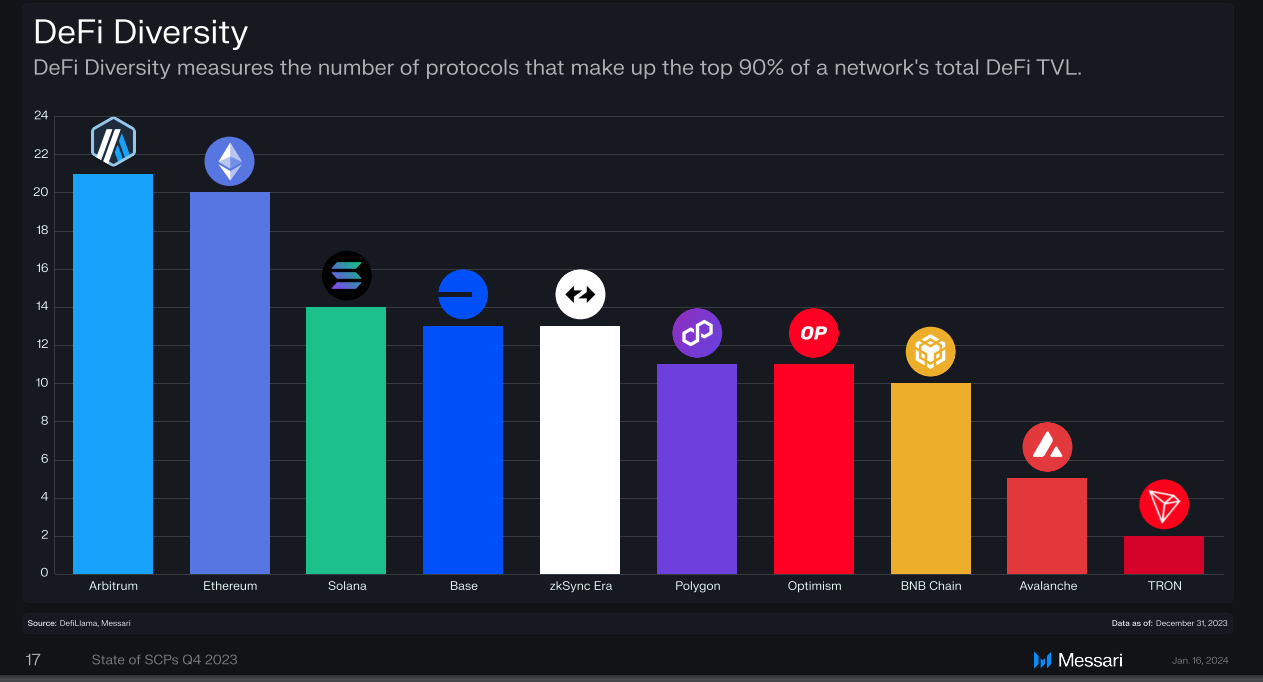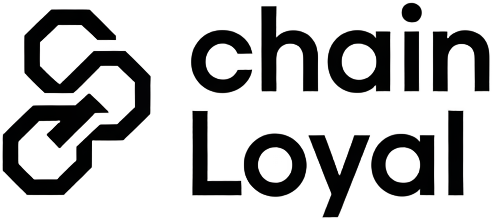
In the rapidly evolving DeFi landscape, user retention is the linchpin for sustainable growth. As protocols compete for liquidity and community mindshare, on-chain loyalty staking has emerged as a breakthrough mechanism for keeping users engaged beyond the initial hype phase. By fusing the principles of staking with dynamic loyalty programs, DeFi projects now offer a compelling answer to the age-old question: how do you convert fleeting interest into lasting commitment?
Why User Retention Matters in DeFi
DeFi’s open architecture makes it easy for users to move capital between protocols in search of the best yields or incentives. This fluidity, while empowering, creates a challenge for projects striving to build sticky communities. According to Formo, analyzing on-chain growth reveals that retaining users, especially reactivated ones, directly correlates with network health and TVL (Total Value Locked) growth. Protocols that fail to incentivize long-term participation often see TVL spikes followed by sharp drop-offs as users chase the next opportunity.
Traditional loyalty programs in Web2 have long relied on opaque point systems, delayed rewards, and limited interoperability. Blockchain-based loyalty staking flips this paradigm. By leveraging smart contracts, projects can transparently distribute rewards, align incentives, and even personalize engagement through on-chain activity segmentation (Avax. network). The result is a model where users are not just passive holders but active participants in the project’s evolution.

How On-Chain Loyalty Staking Works
At its core, on-chain loyalty staking invites users to lock up their tokens for defined periods, earning crypto loyalty rewards that scale with their commitment and activity. Unlike simple staking, these programs often include multi-tiered rewards, gamified achievements, and cross-protocol integrations. For example, BNB Chain’s TVL Incentive Program launched in September 2024, offering a $300,000 prize pool to projects that increased stablecoin and BNB staking. This not only boosted TVL but also rewarded both new and loyal users for their ongoing participation.
Similarly, Lens Protocol has pioneered NFT-based loyalty credentials. Users accumulate NFTs and reputation scores as they interact with the ecosystem, creating a persistent, portable record of their contributions. These credentials can unlock exclusive features or higher rewards tiers, reinforcing the value of consistent engagement. In the GameFi arena, TreasureDAO blends staking with gameplay, allowing users to earn in-game assets and financial incentives simultaneously, a powerful recipe for retention.
The Mechanics: From Tokenomics to Community
Effective staking mechanisms for engagement are not just about yield; they are about aligning the interests of users and protocols. Token-based loyalty programs can:
- Encourage long-term holding by offering escalating rewards for extended lock-up periods
- Foster community governance by tying voting power or proposal rights to staking duration and loyalty credentials
- Enable composability, as loyalty tokens can be used across lending, swapping, or even external platforms for additional yield (as highlighted by TokenMinds)
Academic research, such as the study “Money in Motion: Micro-Velocity and Usage of Ethereum’s Liquid Staking Tokens, ” underscores how liquid staking tokens are intensively reused within DeFi. This high velocity is a testament to the engagement and stickiness that well-designed staking programs can create.
The shift toward on-chain loyalty staking is not just a technological upgrade, it is a strategic imperative for any DeFi project aiming to thrive amid fierce competition. By rewarding behaviors that drive network value, these programs transform users from transient speculators into invested stakeholders. For more on maximizing rewards and engagement, see this deep dive on loyalty staking strategies.
What sets on-chain loyalty staking apart is its capacity to blend transparency, personalization, and interoperability at scale. Unlike static, one-size-fits-all incentives, smart contract-powered loyalty programs can dynamically adjust rewards based on real-time user actions, tenure, or even cross-platform activity. For instance, protocols can segment users by staking duration, transaction frequency, or governance participation, tailoring bonuses to foster deeper engagement. This level of granularity is impossible in traditional finance and is only possible because all activity is verifiable on-chain.
Furthermore, the composability of DeFi unlocks a flywheel effect for user retention. Loyalty tokens earned through staking can be put to work in other protocols, deposited into lending pools, used as collateral, or swapped for new assets, multiplying their utility and incentivizing users to remain within the ecosystem. This not only boosts protocol stickiness but also creates a network of interdependent platforms, each reinforcing the value of staying loyal.
Best Practices: Building Loyalty That Lasts
- Gamify engagement: Layering achievements, quests, or tiered rewards keeps users coming back to unlock new benefits.
- Prioritize transparency: Use open-source smart contracts and real-time dashboards so users can independently verify rewards and program rules.
- Reward both depth and breadth: Recognize not just large stakers but also active participants, voters, referrers, content creators, to build an inclusive community.
- Integrate cross-chain functionality: Allow loyalty tokens to be used across multiple blockchains, giving users more flexibility and value for their commitment.
The data supports these approaches. According to Formo’s on-chain analytics, projects that implement multifaceted loyalty staking programs see higher rates of user reactivation and retention compared to those relying solely on yield farming or inflationary token rewards. More importantly, these programs foster a sense of shared purpose, users feel they are building alongside the protocol rather than simply extracting value from it.
As competition intensifies in DeFi, projects that invest in robust on-chain loyalty mechanisms will have a clear edge. The future belongs to communities that are not just transient pools of capital but vibrant networks of advocates who feel recognized and rewarded for their ongoing participation. Expect to see further innovation as protocols experiment with AI-driven personalization, interoperable NFT credentials, and even off-chain integrations with real-world brands, all powered by the trustless infrastructure of blockchain.
If you’re navigating this fast-moving space as an investor or builder, understanding the nuances of on-chain loyalty staking isn’t optional, it’s foundational. For those ready to dive deeper into how these strategies maximize returns while cementing user loyalty, explore the latest research and case studies in our dedicated guide: How On-Chain Loyalty Staking Boosts User Engagement in DeFi Projects.






